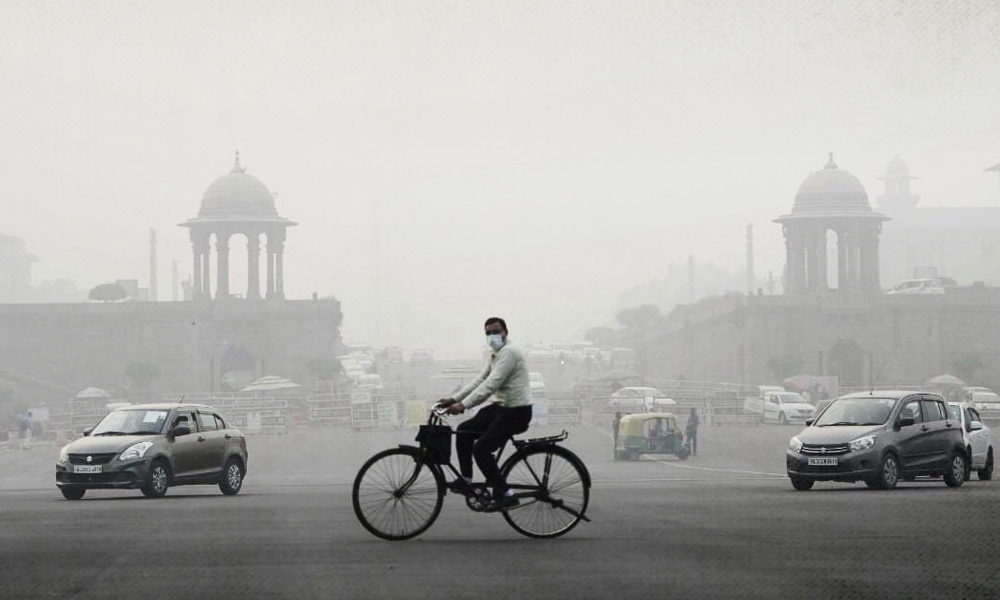
Image Credits: Twitter
2020 Air Pollution Report: Smaller Towns At Higher Risk Compared To Big Cities
Writer: Rishab Shaju
A passionate, confident, and energetic student, I am a workaholic with an interest in the field of Broadcast Journalism. I always make sure to meet my deadlines and can work well under pressure. Other than journalism, I am also interested in the field of Psychology and Literature. Timeliness and honesty are the two most important factors that define me. If not journalism, I would want to be a professor or a social worker.
India, 18 Jan 2021 5:32 AM GMT
Editor : Prateek Gautam |
A free soul who believes that journalism, apart from politics, should stand for social cause and the environment.
Creatives : Abhishek M
" An engineer by profession, Abhishek is the creative producer of the team, graphic designing is his passion and travelling his get away. In more ways than one, he makes the content visually appealing."
As per the report, bigger cities like Delhi and Varanasi saw a reduction in annual PM 2.5 levels. On the contrary, smaller towns like Fatehabad and Moradabad saw an increase in the levels of air pollution.
The 2020 Annual Air Pollution report brought about different revelations about the air pollution levels in the country. While bigger cities like Delhi and Varanasi saw a reduction in annual PM 2.5 levels, smaller towns like Fatehabad and Moradabad saw an increase in the levels of air pollution.
An analysis brought about by the Centre for Science and Environment (CSE) about the winter air pollution in the cities of Indo-Gangetic Plains shows how clear air gains of the lockdown and monsoon periods have been lost with the reopening of the economy and the harsh winter weather.
The 2020 average PM2.5 level in many cities in the upper Gangetic plains has spiked to a level that crossed the average concentration recorded in 2019. In northern Haryana, Fatehabad is the worst, with a 35 percent increase from the 2019 level.
The continuous emissions from local sources including vehicles, industry, construction, and pollution from biomass have led to higher PM2.5 levels.
"Even though the average level of PM2.5 for the summer and monsoon months in 2020 is considerably lower than the previous year's due to the lockdown, the PM2.5 levels this winter have risen beyond the 2019 levels in almost all monitored cities in Punjab and Haryana," said Avikal Somvanshi, programme manager in CSE's Urban Lab team of the Sustainable Cities programme, as reported by The New Indian Express.
There were 33 days of standard air days this winter compared to the 41 days recorded last year in Amritsar. Also, standard days have been lesser by 11 days in Ambala and 4 days in both Lucknow and Patna. Not a single day met the standard air day in the state of Lucknow. Also, there were 19 days of 'severe' or 'worse' air quality last year.
Also Read: 'Ghastly Future Of Mass Extinction, Climate Disruption', Warn Top Scientists
 All section
All section














